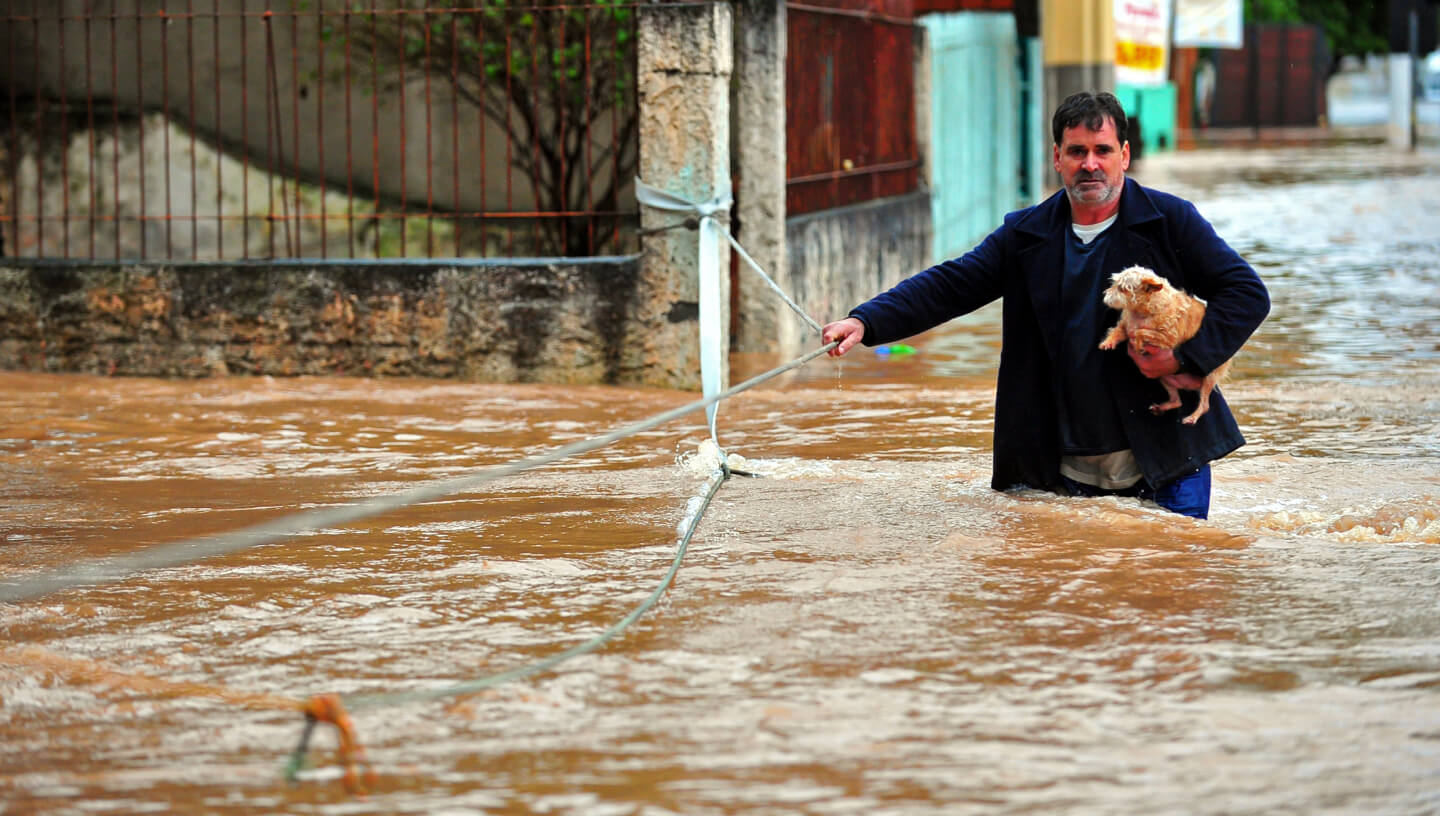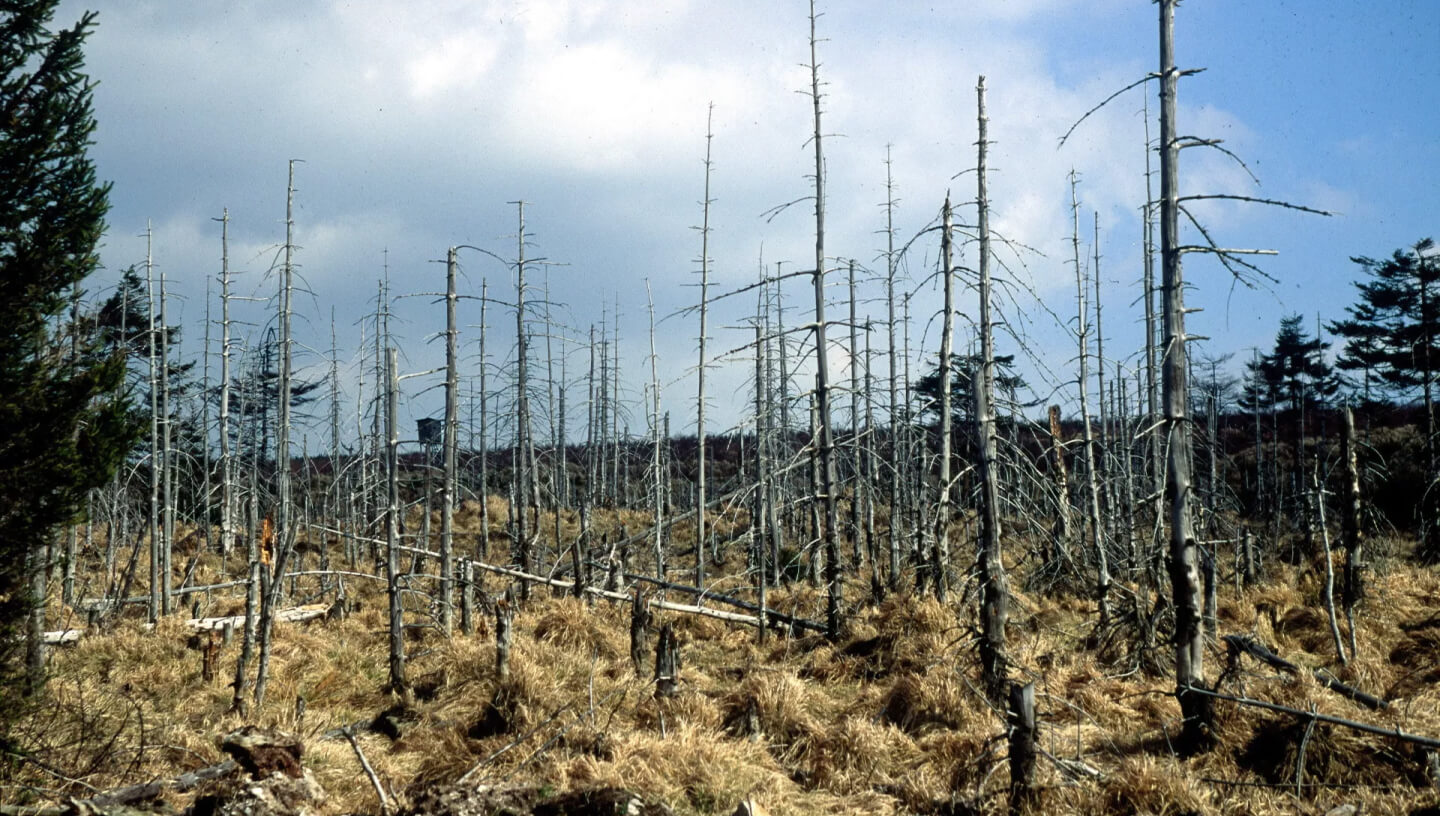Despite impressive advances in technology over the last century and a half or two centuries, humans are still critically affected by climate change. We often hear about ‘weather addiction’, to which many people — old and young alike — are prone. Let’s take a look at how weather anomalies affect the wellbeing of urban dwellers.
A little bit of history
The term ‘weather dependency’ does not exist in official medical terminology. In fact, what we mean by “weather dependency” is the negative effects of climate change, which we experience as fatigue, weakness and headaches, and which are usually caused by fluctuations in blood pressure. These fluctuations can be caused by magnetic storms, precipitation or temperature fluctuations.
The influence of the climate on people’s health has been known since the Middle Ages. Therapeutic spas were already established at that time, and the warm southern climate was considered beneficial for patients suffering from various diseases. In XVIII-XIX centuries, travels for treatment “on waters” were widespread in Europe and in the Russian Empire. The Caucasus, Crimea and Italy were considered the most popular places of “recovery” by the Russian nobility. And already at that time many noticed the negative influence of the cold and dank Petersburg climate on the health of the inhabitants of the northern capital (even Pushkin wrote about it: “But the north is bad for me”).
Medicine has advanced in our time, but doctors still cannot prevent nature and climate from affecting people’s health. The current state of the planet’s ecology further increases the negative impact of natural anomalies on people’s health and well-being. These include an increase in the Earth’s temperature, the occurrence of ozone holes in the atmosphere, air pollution, the greenhouse effect, the emission of harmful substances into the atmosphere, and so on.
At the end of the last century, a separate scientific field emerged: medical climatology, which studies the impact of nature and climate on human health. Here a special place is occupied by the study of human susceptibility to natural anomalies, such as hurricanes, tsunamis, earthquakes, rainstorms, heat waves and others.
 Photo by: alejandrophotography / iStock
Photo by: alejandrophotography / iStock
Hurricanes and storms
The physical prerequisite for a hurricane is a cyclone, accompanied by a drop in atmospheric pressure, an increase in winds, and often heavy rainfall. A similar natural phenomenon — a storm — occurs in a similar way, but with less intensity. Experts define the status of the natural phenomenon by the Beaufort scale, according to which a storm turns into a hurricane at a wind speed of 118 kilometres per hour (32.7 meters per second). Incidentally, a typhoon and a hurricane are one and the same phenomenon.
Hurricanes can not only maim but also kill people. During a hurricane, the wind can uproot trees from the ground, tear the roofs off houses, or destroy buildings. The United States is particularly affected by this natural phenomenon.
The U.S.’s geographic location — a flat plain between two oceans — makes it prerequisite for active wind movements. Hurricanes of varying strengths are fairly common in the US. There is a hurricane classification system, the Saffir-Simpson scale, which consists of five phases, to determine their differences in strength. The most destructive hurricane in US history is Hurricane Katrina, which raged from 23 to 30 August 2005 with wind speeds of 280 kilometres per hour. The death toll from the storm on those days was 1836. The highest category five hurricanes have also struck South America, Cuba and island nations.
Thus, only in the twentieth and the beginning of the twenty-first century several thousand people were killed by hurricanes, and tens of thousands were injured and maimed. Property damage is also extensive: destroyed infrastructure, housing, communications, roads, and so on.
Storms, although not as destructive, are also accompanied by low atmospheric pressure. People who are weather-sensitive, diabetics and patients with cardiovascular problems can complain of drowsiness, headaches and fatigue during a storm. Low atmospheric pressure increases the risk of cerebral blood flow disorders, hypertensive crises, strokes, heart attacks and fainting.
When atmospheric pressure drops, humidity levels rise, leading to precipitation. According to general practitioner Svetlana Kuprina, increased humidity, combined with high ambient temperatures, hampers heat exchange between the human body and the environment by reducing evaporation of sweat from the skin surface, which can lead to poor performance, rapid fatigue and weakness.
 Photo by: Samuel Maciel / iStock
Photo by: Samuel Maciel / iStock
Torrential rains
It is worth distinguishing between heavy seasonal rainfall — monsoon showers, typical of hot tropical climates, and torrential rains in the midlands. Monsoon rains always fall at the same time, due to the geography of the monsoon climate region (equatorial Africa, South and Southeast Asia, northern Madagascar and Australia). The monsoon rainy season occurs during the summer, when winds blow from the ocean to the land. Monsoon rainfall levels are high and the quality of the crops depends on the abundance of these rains. Such rains are predictable and the inhabitants of monsoon climate countries perceive them positively and look forward to them. Although such countries have a hydro system for draining excess water, such rains can be extremely heavy and cause flooding, especially in urban areas. In 2014, monsoon rains caused major flooding in India and Pakistan. More than 500 people lost their lives.
Prolonged heavy rains in central Russia and Europe are more of a natural anomaly, and in recent years they have repeatedly caused destruction and flooding of entire cities and regions. In 2019, there was a major flood in the Irkutsk region: the city of Tulun and the surrounding villages and hamlets were under water. The water levels in the rivers Iya and Oka Sayanskaya rose to 14 and 10 metres above normal, respectively. In the summer of 2021, the largest flood in the last 100 years hit Europe. At least 243 people were killed and there was enormous property damage.
The aftermath of the torrential rains reveals a number of mistakes humans have made regarding nature. For instance, after the floods a rubbish crisis began in many parts of Europe, as streets and landfill sites were overrun with construction and household rubbish. Experts have also found a human-made trace in the causes of flooding in the countryside, namely large-scale deforestation. Trees “drink” a lot of water, but man’s violation of the natural balance leads to the fact that spring floods or rainfall simply do not absorb enough in the ground, the trees do not have time to absorb them, so the rivers overflow. The terrible consequence in mountainous and hilly areas can be mudflows which can destroy entire settlements, cause serious harm to human health and even lead to death.
Thus, man himself and the elements affect his quality of life and health in equal measure. In floods and torrential rains, people die and suffer, not only physically but also mentally. The number of cases and visits to doctors by people with signs of post-traumatic stress disorder (PTSD) and panic attacks is increasing manifold.
 Photo from: Wikimedia Commons
Photo from: Wikimedia Commons
Acid rain and other rains
Nuclear fallout and acid rain became particularly common after the 1986 Chernobyl disaster. At that time, the talk was about black radioactive fallout, whose devastating effects on human health and the environment were evident. People were exposed to radiation from the background, complaining of nausea and vomiting and migraine attacks. The number of patients with radiation sickness and thyroid cancer increased tenfold in the first years after the disaster. Plants (vegetables, berries, etc.) absorbed radioactive elements and became poisonous to people when eaten.
Acid rain occurs in both urban and rural areas. They are made acidic by technogenic emissions from industry and transport. Acid rain is primarily defined as precipitation containing nitrogen and sulphur compounds. Oxides of these elements enter the air together with car exhausts, industrial waste, coal combustion and even volcanic eruptions. Nitrogen and sulphur combine with water to form an acidic solution.
As well as these compounds, acid rain can contain other chemical elements. It depends on the ecology of the region and where the vapours were released into the atmosphere. Experimentation has shown that even ordinary rain can contain the conditionally toxic trace elements strontium and gallium. Such precipitation is harmful because when it interacts with the ground it can change the acidity of the soil and thereby cause changes in plants.
There is another notable type of abnormal rainfall in nature — coloured rain. In various parts of the world it is quite real to see rain in all the colours of the rainbow. This phenomenon may be caused by seasonal plant blooms or by anthropogenic evaporation (emissions from industries into the atmosphere, spills of paints or other substances into the soil and water bodies). But mysterious phenomena also occur, such as bloody rains in India. The heaviest recent bloody, or red, rainfall occurred over the Indian state of Kerala on 25 July 2001. Bloody rains followed for another two months. Analyses of samples of the rain still have not provided an exact answer as to the cause of such an unusual phenomenon.
Similar stories have occurred elsewhere, for example in the Middle East, but there the anomalies were attributed to the mixing of water in the clouds and the Saharan desert sands following sandstorms. Such rains did not cause any noticeable harm to human health, but cases of panic attacks have been reported.
 Photo by: Anastasiia Korotkova / iStock
Photo by: Anastasiia Korotkova / iStock
Magnetic storms
One of the most common causes of sickness among humans is magnetic storms. They are caused by a solar wind shock wave affecting the Earth’s magnetic field. Magnetic storms can last for several hours or 24 hours. They affect both human well-being and the operation of electronic equipment (malfunctions may occur).
Magnetic storms are dangerous for patients with arterial hypertension and hypotension, and heart disease. About 70% of heart attacks, hypertensive crises and strokes occur during magnetic storms. Urban dwellers feel these phenomena more strongly than people in the countryside, as the air in the cities is polluted and has a lower percentage of oxygen in it. Oxygen plays an important role here, as its deficiency leads to oxygen deprivation and enhances the effect of magnetic storms. Affected people experience migraines, headaches, loss of energy, sleep deprivation and heart palpitations during solar flares.
 Photo by: Derek Yung / iStock
Photo by: Derek Yung / iStock
Heat
When the air temperature rises, blood vessels dilate, blood pressure drops and the metabolic process decreases. The body goes into a more relaxed mode. However, too hot weather affects a person’s general well-being, as the World Health Organisation warns. Heat reduces the body’s internal thermoregulatory capacity and can lead to unpleasant surprises such as heat cramps, heat exhaustion, heat stroke and hyperthermia. When it is hot, mortality rates increase and the number of visits to clinics for ill health increases as well. In cities, the heat is felt more strongly, as dense buildings make it difficult to ventilate the urban space, and there is less green space. Extremely high temperatures have been proved to reduce people’s life expectancy.
Author: Catherine Lidskaya
Cover photo: lcva2 / iStock








Comments